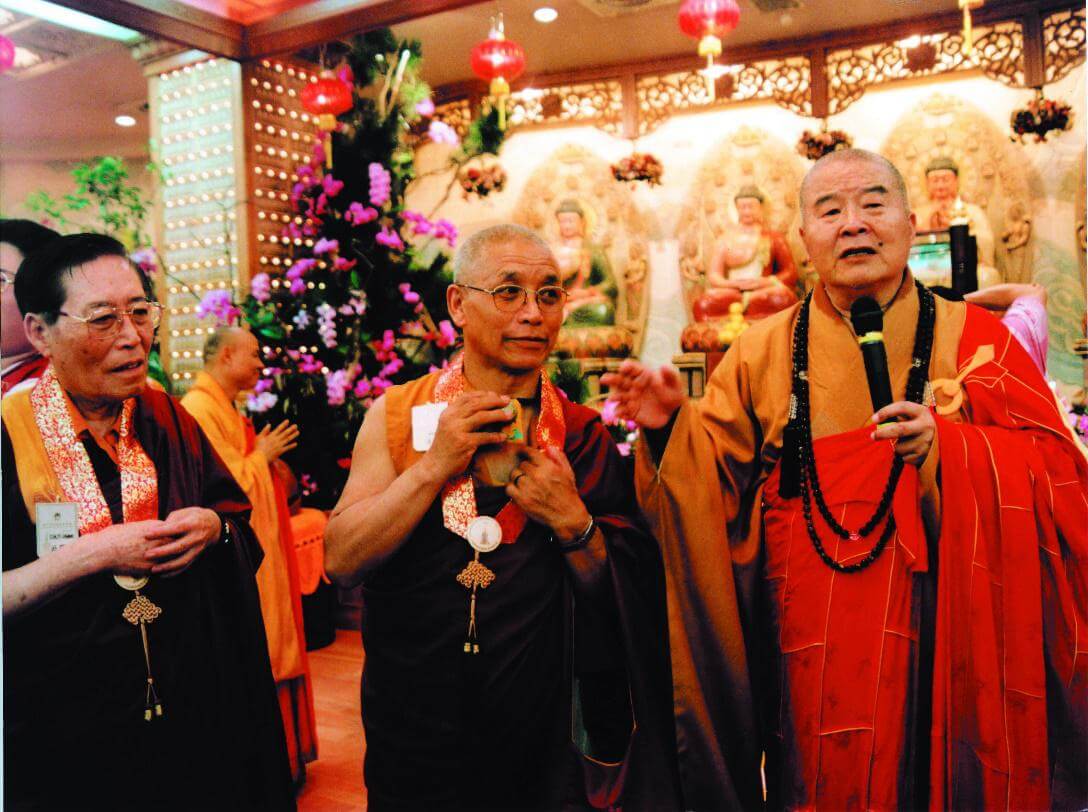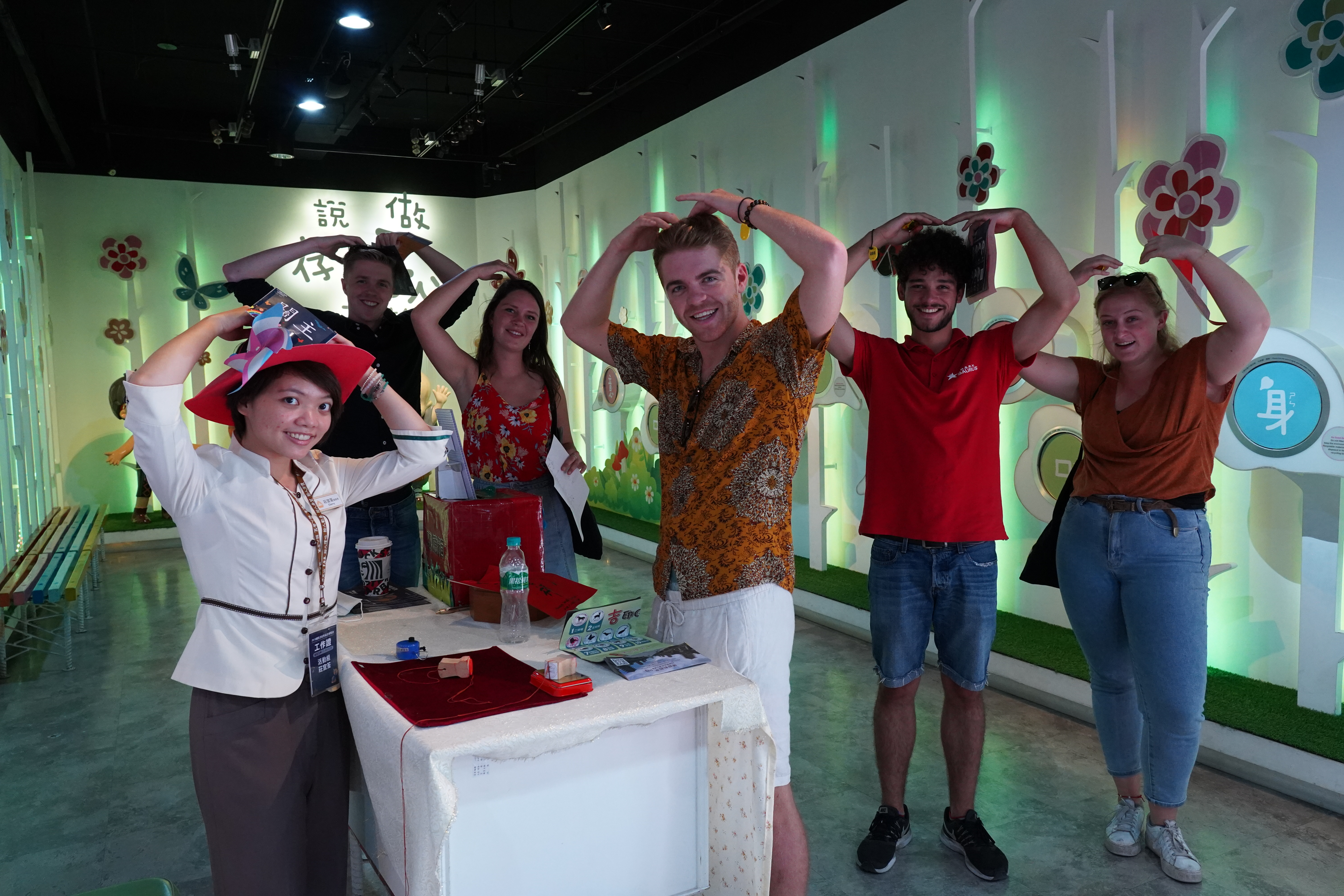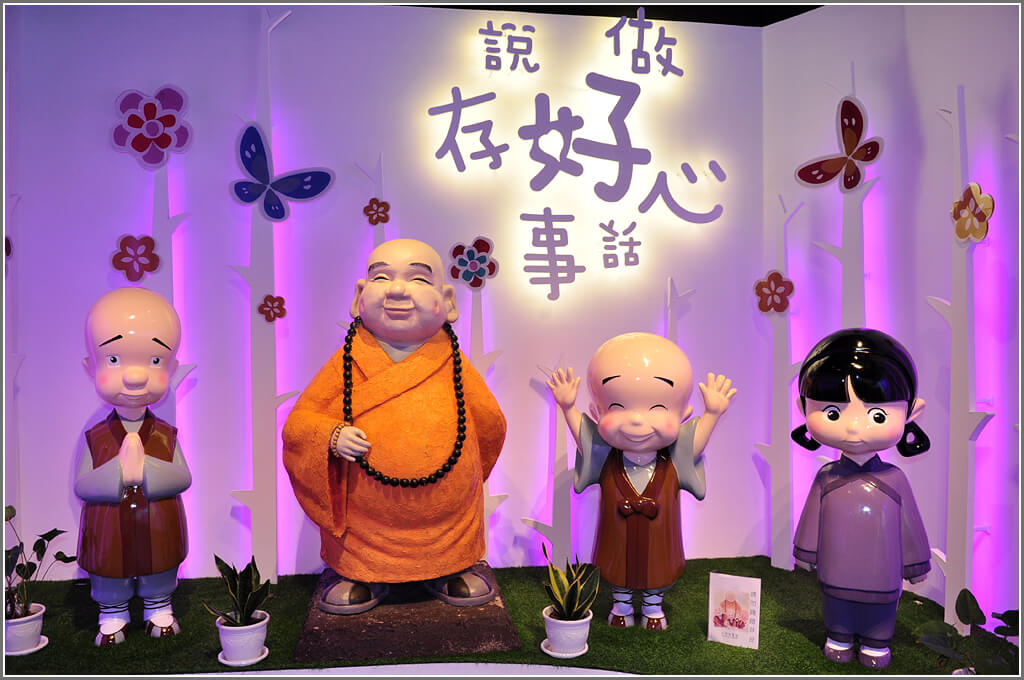Origin of Buddha Museum
The Buddha Museum was built to enshrine the Buddha's tooth relic, symbolizing the everlasting presence of the Buddhadharma.

The Buddha Museum was constructed with the intention of enshrining the Buddha’s relic. The construction lasted for ten years, and the museum was officially opened on the 25th December 2011.
The Sanskrit word “sarira” refers to the relics of a sage, which usually appear in crystalized form. The relic is perceived as a sign of the sage’s spiritual cultivation over a lifetime.
According to the Biography of Sakyamuni Buddha, when the Buddha reached the age of 80, he announced the day that he will enter parinirvana . Fearing that the disciples will lose the guidance of their teacher, Ananda asked the Buddha what they should do after he entered parinirvana. After pondering over the matter, Buddha gave his final teaching, “After I enter parinirvana, and have been cremated, gather up my relic and build a stupa at the crossroads, so that those who see it can develop faith.”
Originally, this particular Buddha’s tooth relic was carefully hidden in India for more than one thousand years. In the 13th century, during the Muslim invasion to India, the relic was secretly taken from the great Buddhist college of Nalanda in India and brought to Tibet. It was enshrined in the Sakya Namgyal Monastery, which was destroyed in 1968 during the Cultural Revolution. A Tibetan lama, Kunga Dorje Rinpoche obtained the relic and then took it back to India, where he kept and protected the relic in secret for thirty years. With his advancing age, Kunga Dorje Rinpoche acknowledged the fact that he will not be able to build a temple to enshrine the relic in his lifetime. When Venerable Master Hsing Yun went to India to officiate the Triple Platform Full Ordination Ceremony in February 1998, Kunga Dorje Rinpoche entrusted Master Hsing Yun the Buddha’s tooth relic, together with a certificate authenticated by twelve other Rinpoches to authenticate the relic. Two months later, the relic was brought to Taiwan.
According to Master Hsing Yun, the Buddha Museum serves to acquaint the public with the Buddha’s quantities, through which the Buddhist practice can be inspired. The Buddha Museum was thus built not only to venerate the Buddha, but more importantly with the interests of sentient beings kept in mind.”
Spirit and Philosophy of Buddha Museum
A. Origin of Buddha Museum
Scan photo below to watch AR video (Download AR App)


- 1998 - Ven. Master Hsing Yun traveled to India to revive the Bhiksuni ordination, and received the Buddha’s tooth relic from Kunga Dorje Rinpoche
- 2003 - Held the Foundation Settlement Ceremony for the construction of Buddha Museum
- 2011 - Official Opening of Buddha Museum
B. Philosophy Behind the Construction of Buddha Museum
Venerable Master Hsing Yun says, “The Buddha Museum is a historic construction that resides in the minds of all beings. The Museum belongs to everyone and anybody can come to the Museum. It is also a place of culture and education. Visitors ranging from individuals to families, schools, and organizations, are free to gather and learn here.”

C. Development Goals of Buddha Museum
Future Directions:
To present the Buddha Museum through the arts and movies, on the humanistic and international dimensions.
D. Missions of Buddha Museum
- 48 underground palaces - as reserves of human wisdom and history.
- Life education - through the promotion of cultural arts and environmental protection.
- Cross-straits cultural exchange - for the revival of Chinese culture.
- Buddhist arts - preserving and re-creating through exhibitions and academic conferences.
- Serving the public - with respect and tolerance, through sharing resources, and with warm hospitality.
E. Core Values of Buddha Museum

- Three Acts of Goodness: Doing Good Deeds, Speaking Good Words, Having Good Intentions
- Four Givings: Giving Others Confidence, Giving Others Joy, Giving Others Hope, Giving Others Convenience

Key Events of Buddha Museum
The relic returned to Taiwan after Kunga Dorje Rinpoche bequeathed it to Venerable Master Hsing Yun in person. President Lian Zhan appealed all citizens to participate in doing the Three Acts of Goodness: Do good deeds, Speak good words, Have good intentions. The tooth relic was brought back to Fo Guang Shan.

